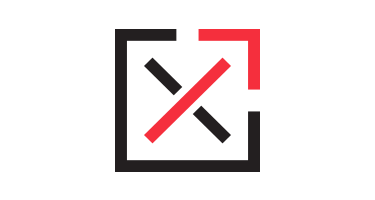Some people are quick to call me a grammar Nazi.
At this point I’ve given up on arguing. I get it—no one likes to have their spelling or grammar corrected unless they ask. Not everyone is a great speller. And let’s face it, practically nobody remembers what different punctuation does.
If you don’t work with this kind of stuff every day—like, um, me—there’s no reason to store that knowledge. But think about it this way: how many emails do you send in a day? That’s a lot of written communication; lots of chances to potentially sound like an idiot.
That’s why people like me are here to help! Sure, some are Nazis who correct others because they can’t stand imperfections, but I’m more benevolent than that. So here’s a quick guide to some common (and other less-common) kinds of punctuation and when you should use them.
The period .
When you want a full stop at the end of a sentence. Period.
The comma ,
Used to break up different thoughts in the same sentence, which makes for a shorter pause than a period.
So what the hell is an “oxford comma,” anyway? That’s when you put a comma after the penultimate (that’s the next-to-last) item in a list. Some styles require it, others don’t, and most people are taught not to use it for some mysterious reason. I always add the ‘extra’ comma because it serves an important purpose. Take the following example:
“I went to the store for coffee, bread and cheese.”
Even though it’s a little silly, you could read this as someone telling bread and cheese that they went to the store for coffee. With an extra comma, things are much clearer:
“I went to the store for coffee, bread, and cheese.”
The way I see it, a comma is a small price to pay for being understood.
The colon :
Here’s what I recommend: use a colon for introductions, whether with a single idea or a whole list.
The semicolon ;
The semicolon is seen as being kind of pretentious, so use it sparingly. Sometimes it’s useful for when you want to add on to a complete thought without using a period; or if you want a longer pause than a comma.
The hyphen –
Hyphens clarify how nouns should be described when using a bunch of adjectives. For example, describing a movie as “the most well directed out of this world film of the early to mid 2010s” is very descriptive, but it takes a lot of effort to read without hyphens. Try this instead: “the most well-directed out-of-this-world film of the early-to-mid 2010s.”
Hyphens are also commonly used in ranges, for example, “3:30-3:45,” or “between 50-100 guests.”
The dash
Hold up, there are two main kinds of dashes that have different uses. This is pretty tedious, but they do each have a purpose.
The em dash —
Named because in some fonts it’s the width of an upper-case “M,” the em dash is used all the time—just not by you. It can be used instead of commas—or parentheses—for parenthetical statements, or to add a longer pause before an aside. You can also use it when a thought is suddenly cut off or—
On a Mac, make an em dash with alt/option+shift+hyphen/underscore.
The en dash –
Shorter than an em dash (the width of an “N”), the en dash has a couple specific duties. Instead of linking up adjectives like a hyphen, an en dash shows contrast or connections. For example, a north–south divide or a New York–L.A. flight. En dashes can also clarify complicated hyphenated phrases like “non–evil-minded grammar Nazi.”
You can also use en dashes for parenthetical statements as long as you add spaces around each – and I mean every – one.
En dashes are made on a Mac with alt/option+hyphen/underscore.
Call me what you want, but good punctuation really makes you sound better on paper. Give some new punctuation a try today—you might be surprised at how much better you communicate!



